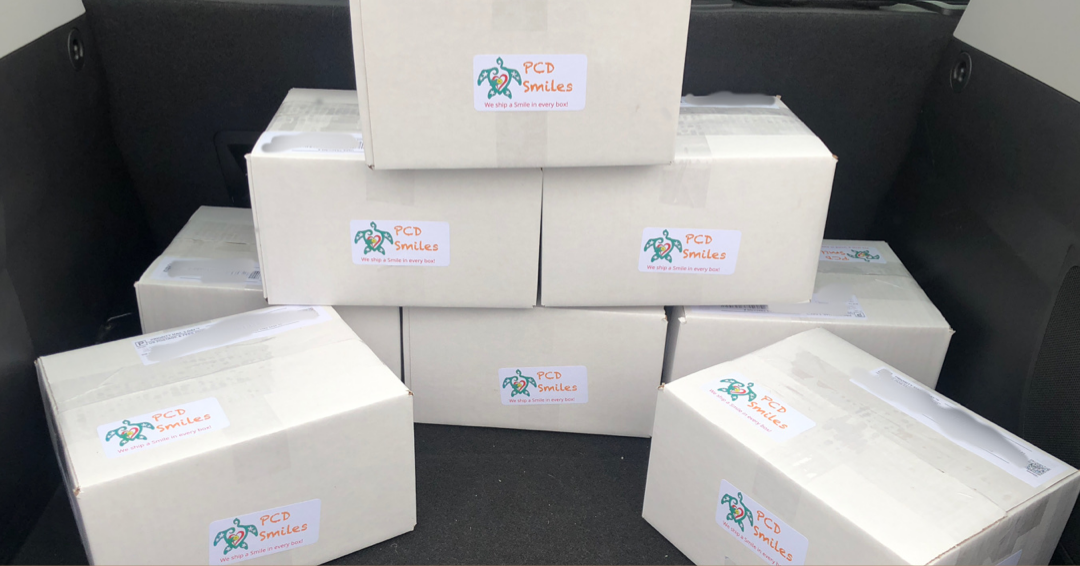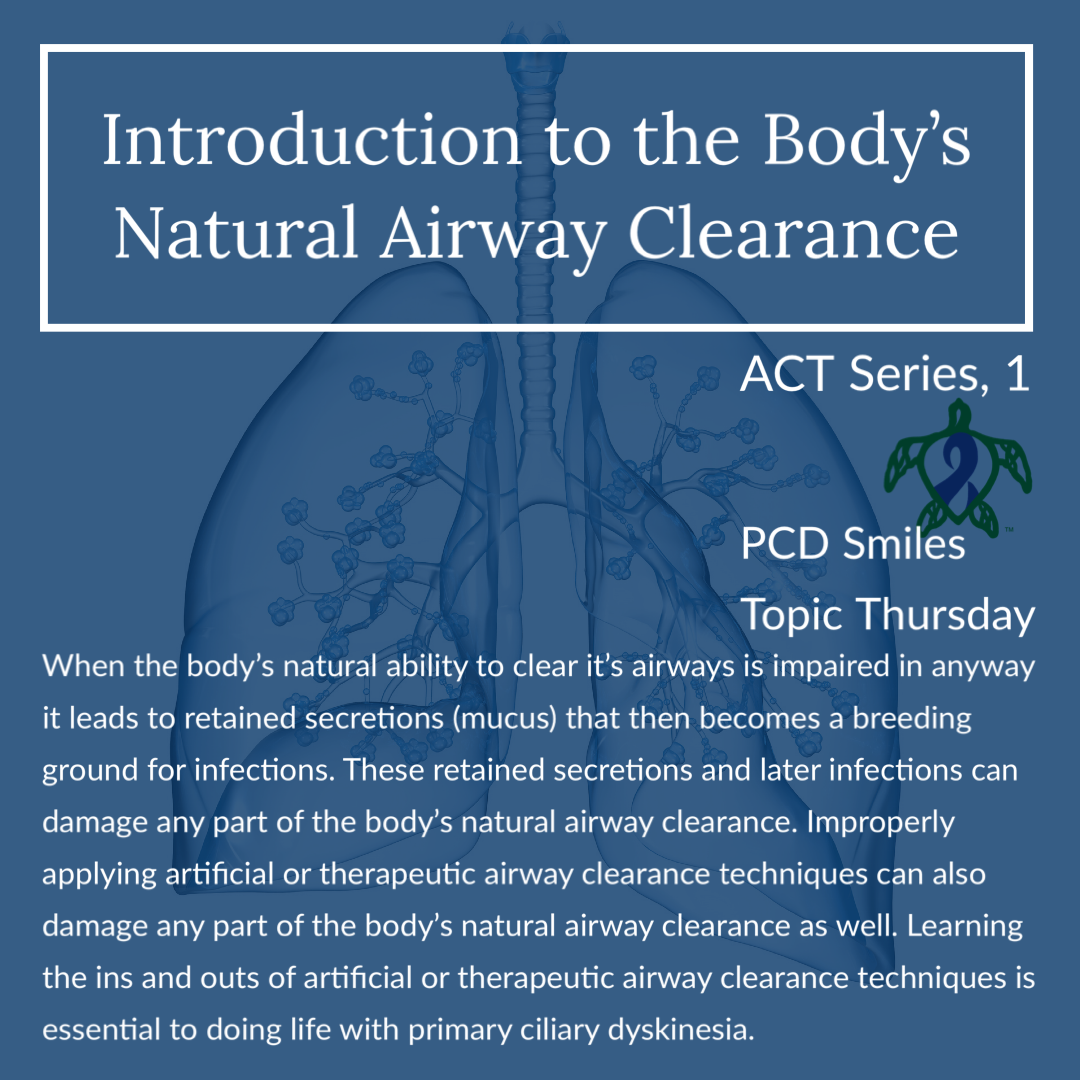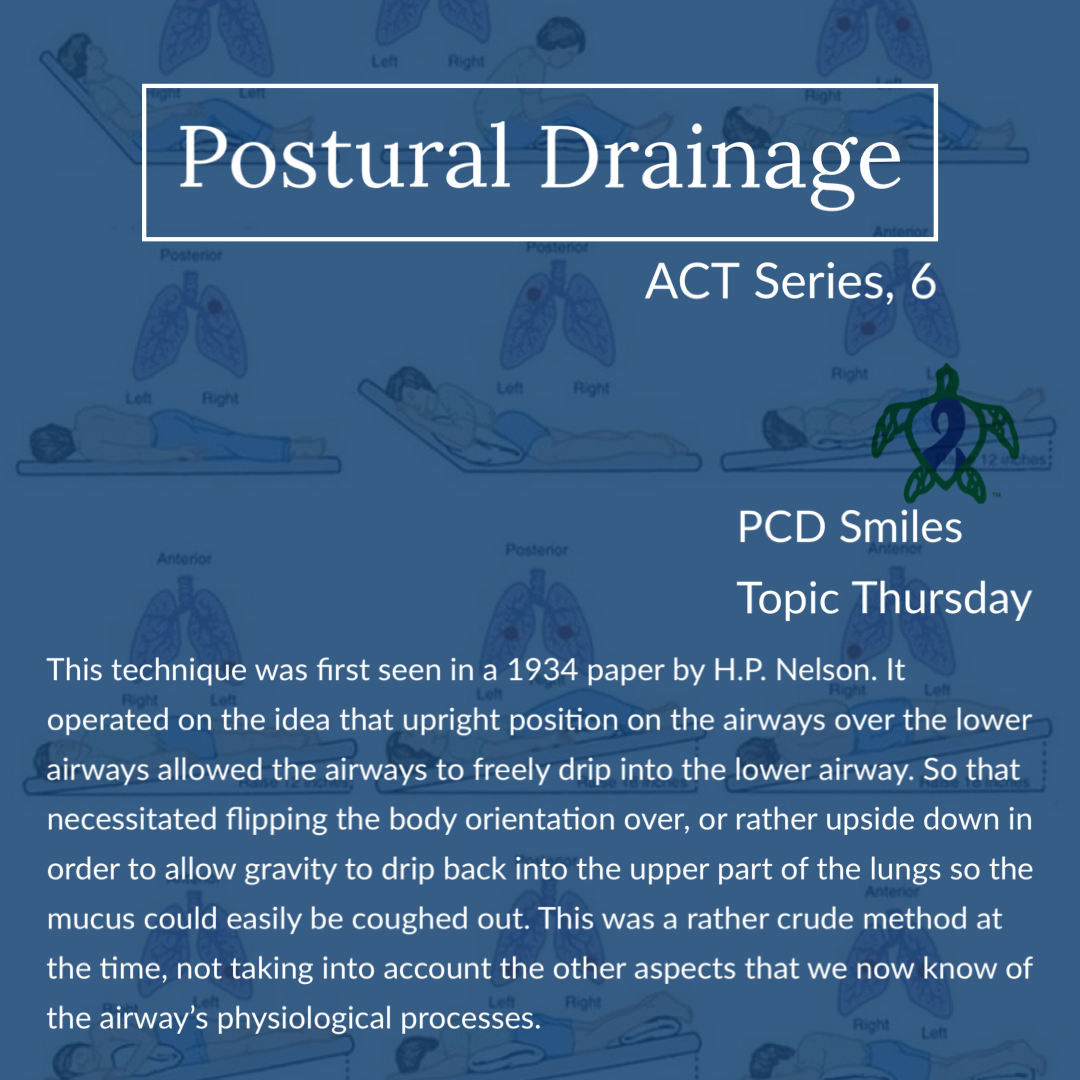
ACT Series, 6; Postural Drainage
As we continue our deep dive into airway clearance the first technique for airway clearance was postural drainage (PD). This technique was first seen in a 1934 paper by H.P. Nelson. It operated on the idea that the upright position of the airways over the lower airways allowed the airways to freely drip into the lower airway. So that necessitated flipping the body orientation over, or rather upside down in order to allow gravity to drip back into the upper part of the lungs so the mucus could easily be coughed out. This was a rather crude method at the time, not taking into account the other aspects that we now know of the airway’s physiological processes. However this method of airway clearance was widely used from the 1930s well into the mid 1980s when researchers made some startling discoveries in the quest to aid the cystic fibrosis (CF) community in finding better treatments for CF patients to extend their life expectancy and improve their overall quality of life. As time advances, so does our understanding of things we research, and therefore we must be ready to advance into the future using current knowledge. As a good friend of mine always says, “We can only operate with the knowledge that we have at the time.”
Read more: ACT Series, 6; Postural Drainage
- Hits: 3712
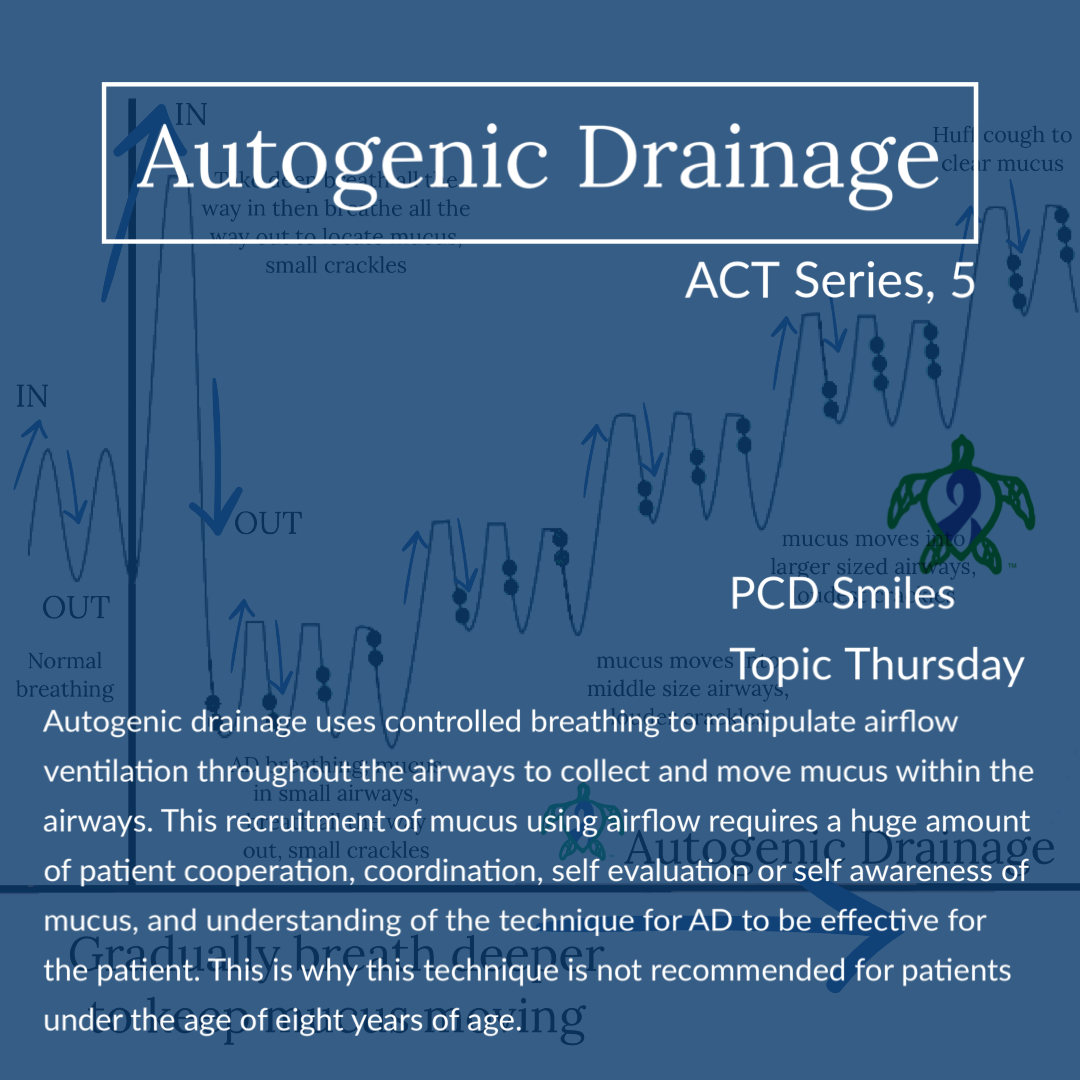
ACT Series, 5; Autogenic Drainage
As we continue our deep dive into airway clearance our second breathing technique for airway clearance is autogenic drainage (AD). This technique was developed in 1967 by Jean Chevaillier and was first limited to only asthma before later being applied or rather approved for use in other airway diseases associated with overproduction of mucus in the bronchial tree. Autogenic drainage uses controlled breathing to manipulate airflow ventilation throughout the airways to collect and move mucus within the airways. This recruitment of mucus using airflow requires a huge amount of patient cooperation, coordination, self evaluation or self awareness of mucus, and understanding of the technique for AD to be effective for the patient. This is why this technique is not recommended for patients under the age of eight years of age. It also reinforces the need for proper training by a licensed respiratory therapist and should not be undertaken by simply reading about the technique on the internet or being coached by a non-professional. Autogenic drainage in it’s basic form means self drainage. It’s aims are to recruit the movement of mucus from the lower airways to the upper airways using different breathing frequencies without causing airway collapse that can happen during forced expiratory pressures of other airway clearance techniques.
Read more: ACT Series, 5; Autogenic Drainage
- Hits: 3968
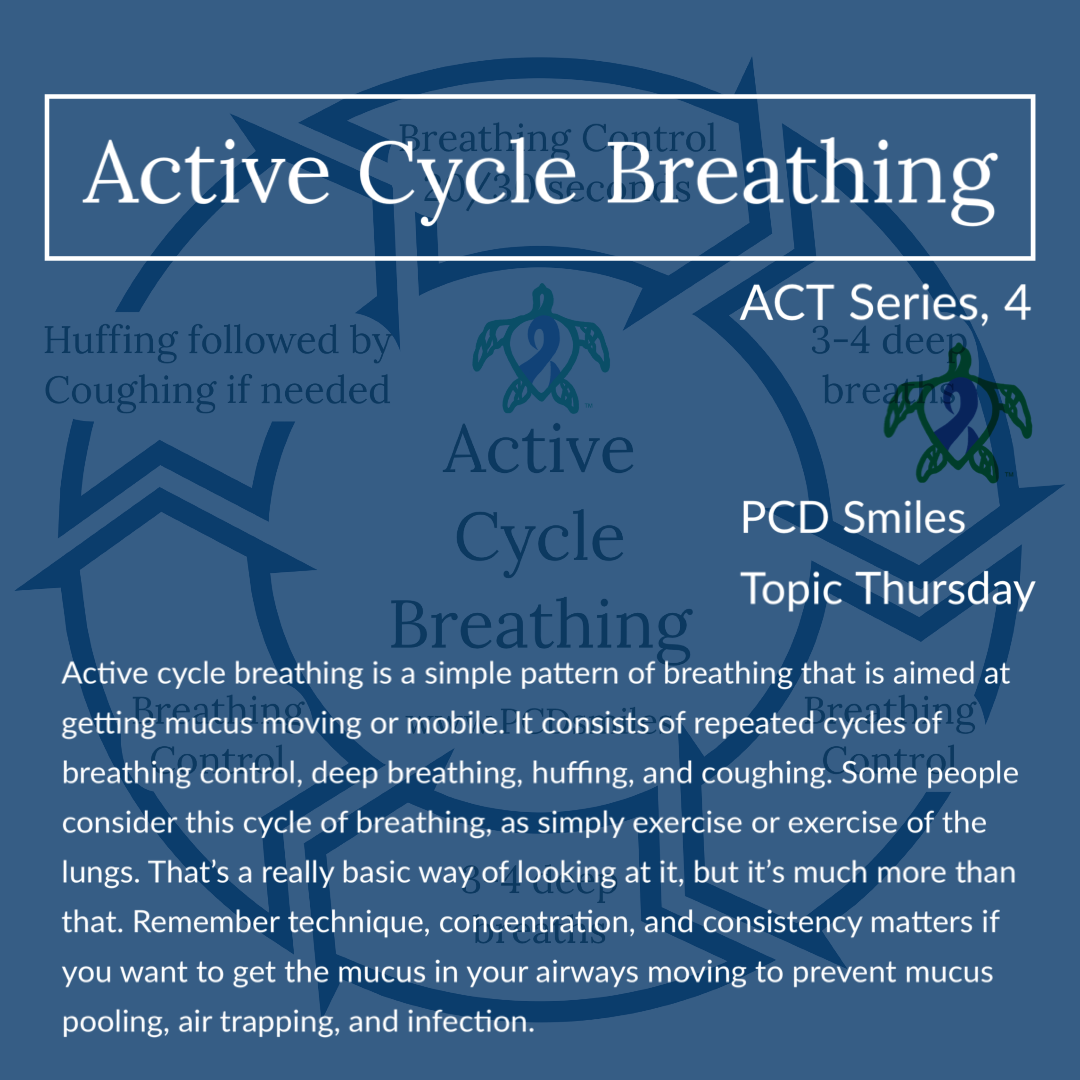
ACT Series, 4; Active Cycle Breathing
As we continue our deep dive into airway clearance our second, most basic, and next easiest airway clearance technique (ACT) is breathing. Breathing is another important part to all other airway clearance techniques. Breathing helps to get air in behind sections to help on the exhale to shear mucus with typical viscosity away from typical airway walls. The thicker the viscosity of the mucus the harder it is to shear the mucus away from typical airway walls with breathing and coughing alone. The same can be said for mucus that has less viscosity than typical mucus. Or rather if the mucus is too thin, thin mucus can prevent air from staying behind the mucus to allow for the exhale or expiratory forces of air to mobilize and move the mucus. In fact; if mucus is too thin, it can slip further into the alveoli area of the lungs where it gets stuck without more aggressive airway clearance measures. The condition of a patient’s airway walls also has some to do with cough and breathing to move mucus within the airways. But breathing for airway clearance is not your normal everyday breathing, it is breathing focused and directed with a purpose. It requires thought and concentration. This type of breathing for airway clearance is termed active cycle breathing or active cycle of breath in countries outside of the United States.
Read more: ACT Series, 4; Active Cycle Breathing
- Hits: 3829
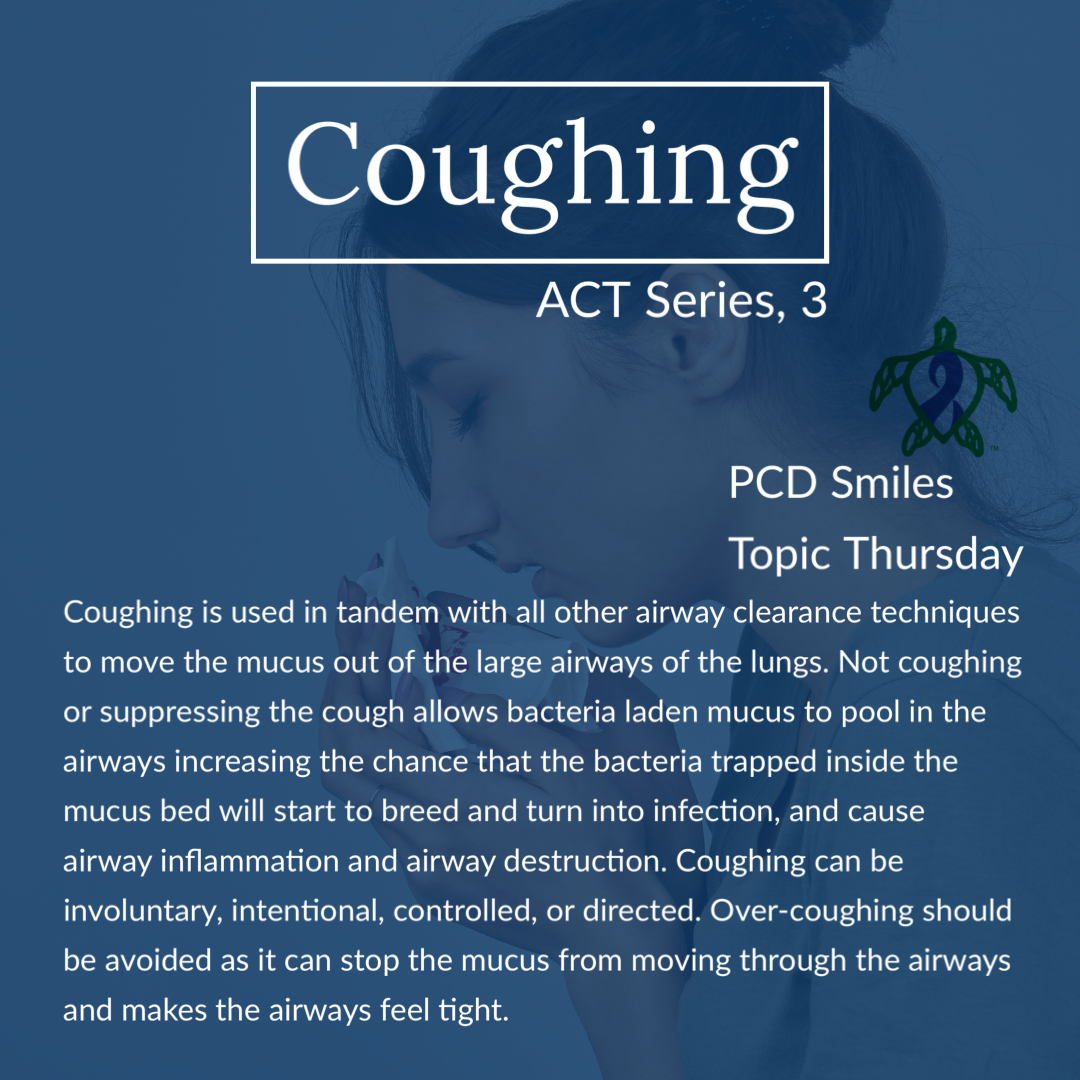
ACT Series, 3; Coughing
As we continue our deep dive into airway clearance our first, most basic, and by far the easiest airway clearance technique is coughing. Coughing is used in tandem with all other airway clearance techniques to move the mucus out of the large airways of the lungs. Not coughing or suppressing the cough allows bacteria laden mucus to pool in the airways increasing the chance that the bacteria trapped inside the mucus bed will start to breed and turn into infection, and cause airway inflammation and airway destruction. Coughing can be involuntary, intentional, controlled, or directed. Over-coughing should be avoided as it can stop the mucus from moving through the airways and makes the airways feel tight. Staying hydrated is important for any form of airway clearance natural, artificial, or therapeutic because dehydration dries out the secretions/mucus in the airways which can make the mucus extra thick and harder to shear off the airways walls using any type of airway clearance. Intentionally coughing to clear the throat and the exit of the mucociliary escalator prior to performing any other airway clearance techniques including controlled or directed coughing is important to make sure the airway clearance session is productive. It’s important to note that coughing alone will not clear secretions/mucus the have slipped into the small airways (the alveoli), more aggressive airway clearance techniques are required to get these secretions out of the smaller airways of the lungs.
Read more: ACT Series, 3; Coughing
- Hits: 3552
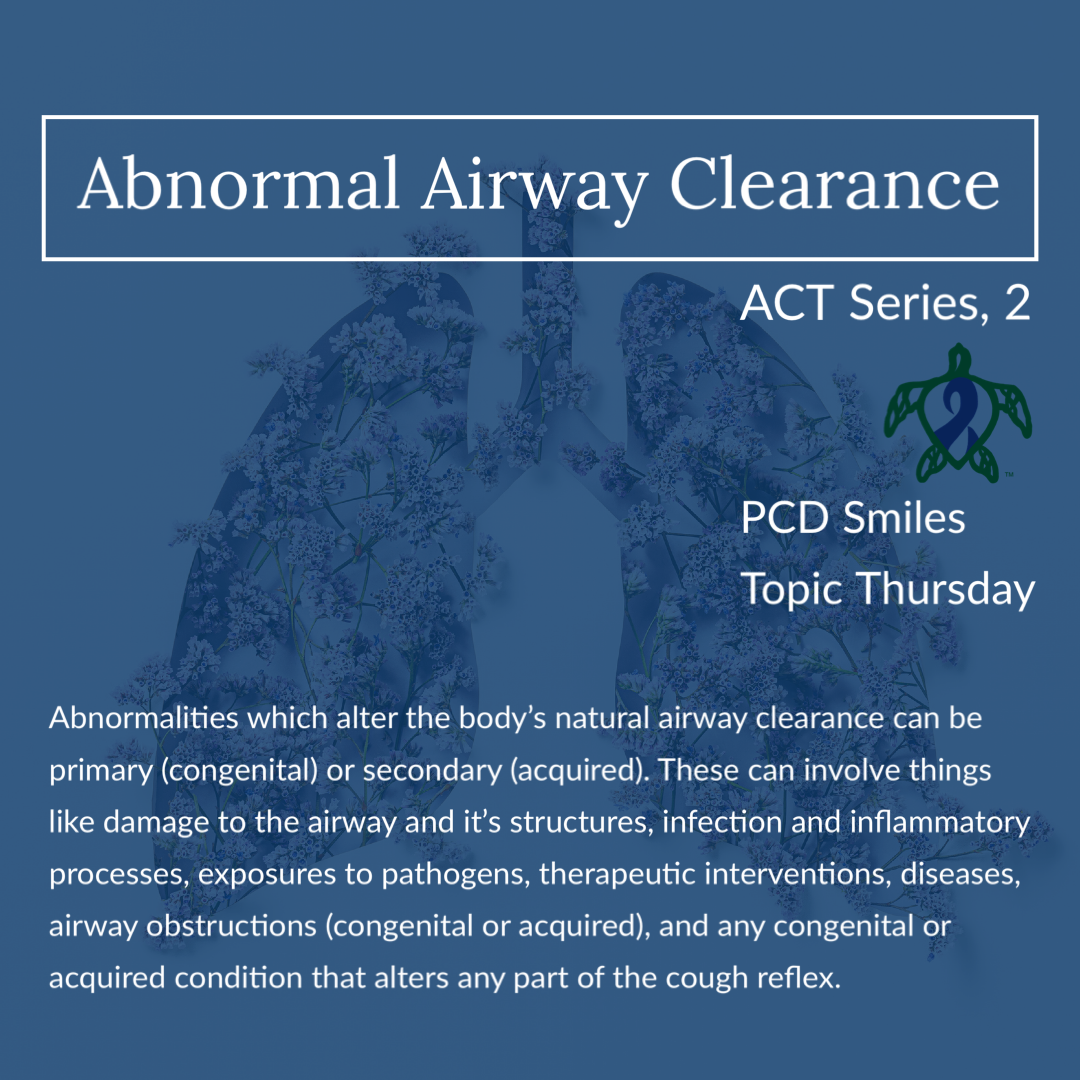
ACT Series, 2; Abnormal Airway Clearance
As we continue our deep dive into airway clearance we turn to abnormal airway clearance. Abnormalities which alter the body’s natural airway clearance can be primary (congenital) or secondary (acquired). These can involve things like damage to the airway and it’s structures, infection and inflammatory processes, exposures to pathogens, therapeutic interventions, diseases, airway obstructions (congenital or acquired), and any congenital or acquired condition that alters any part of the cough reflex.
Read more: ACT Series, 2; Abnormal Airway Clearance
- Hits: 3531
More Articles …
Page 3 of 13

